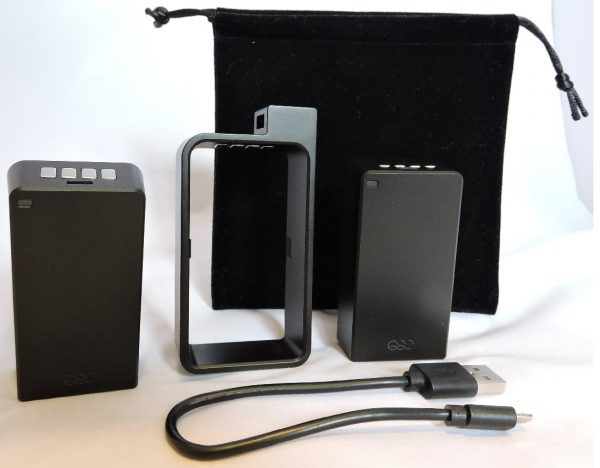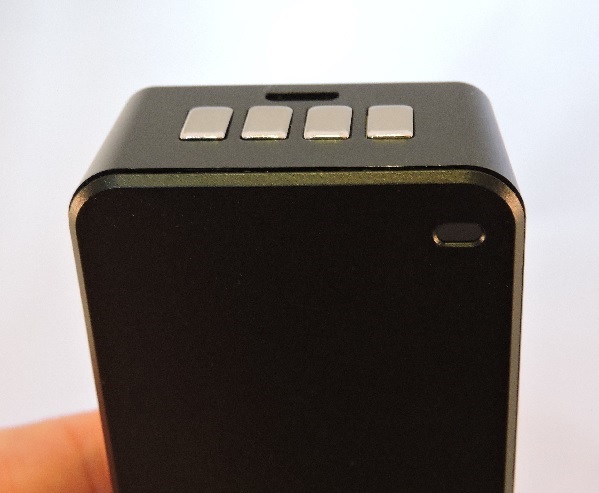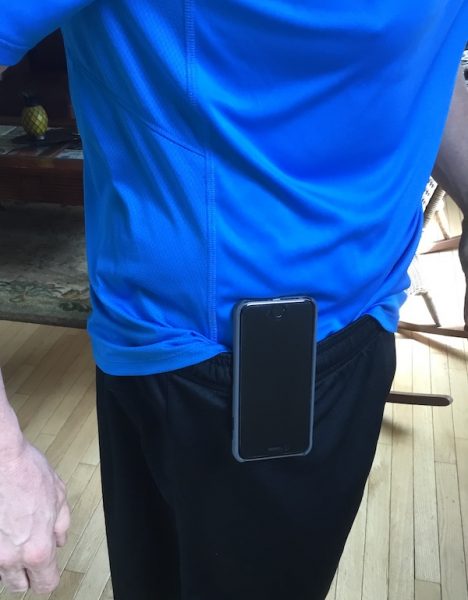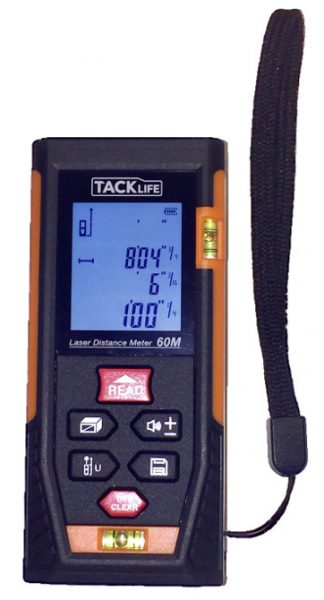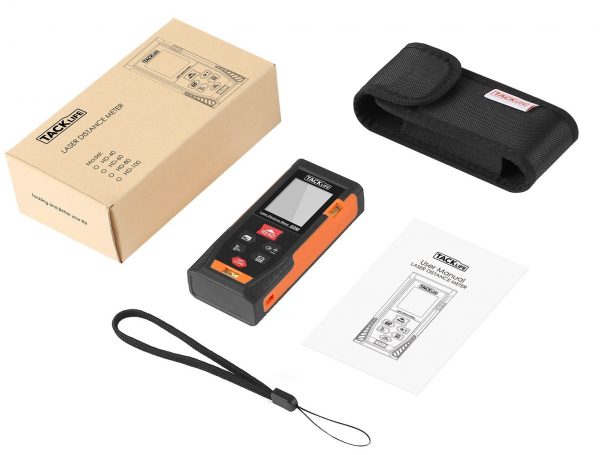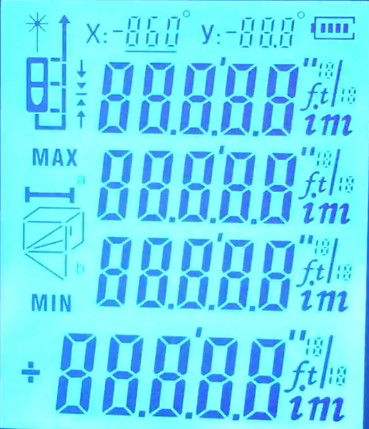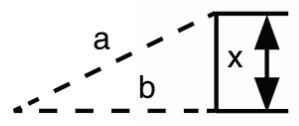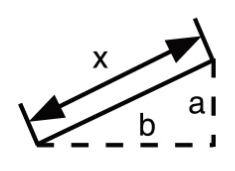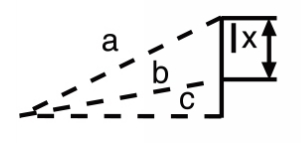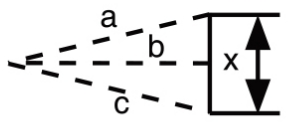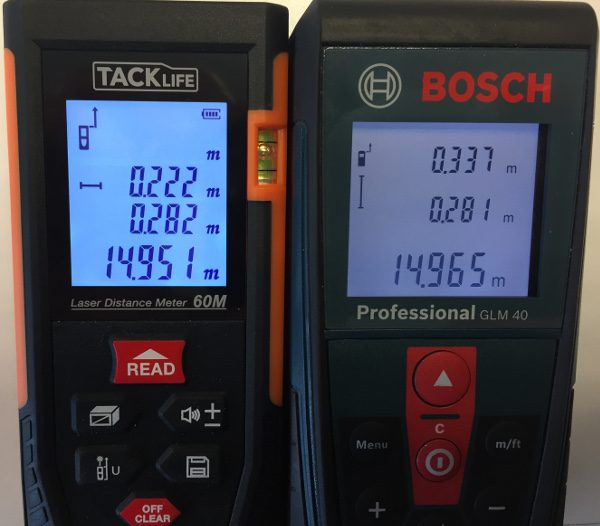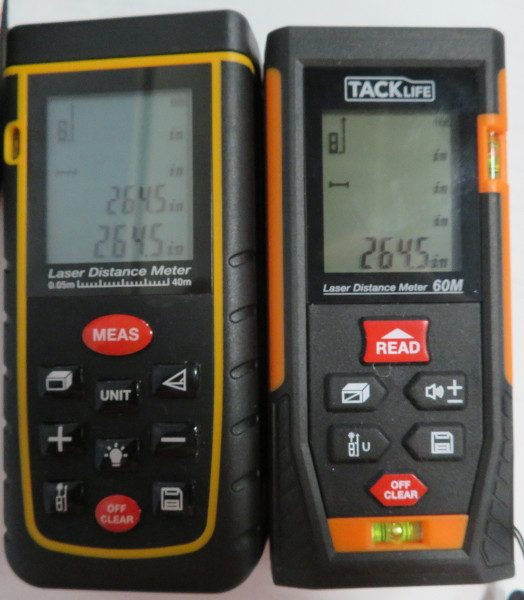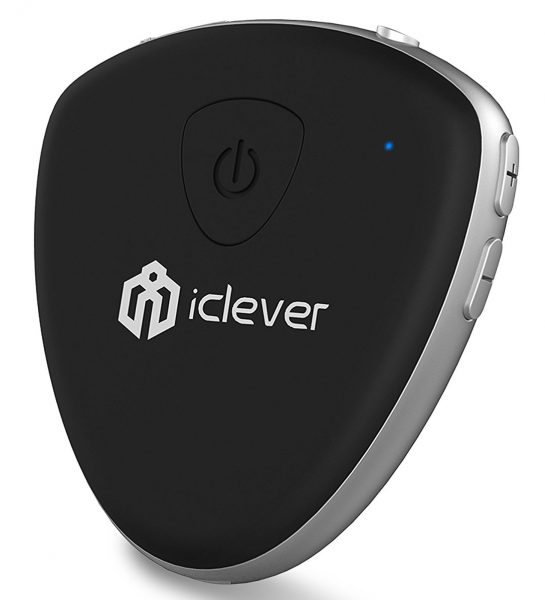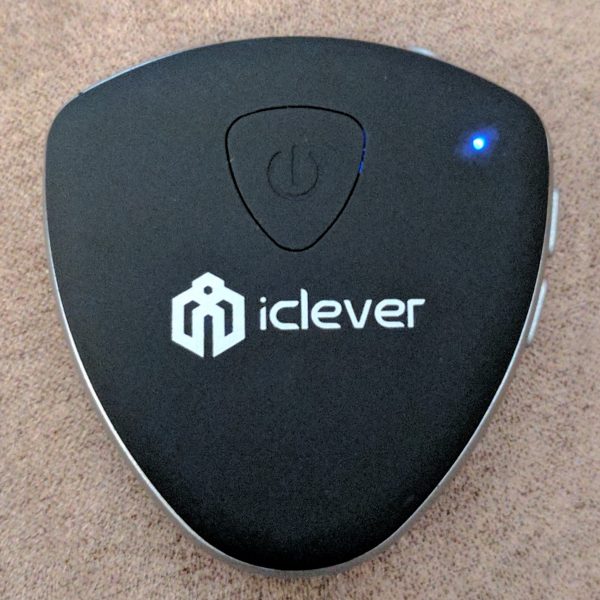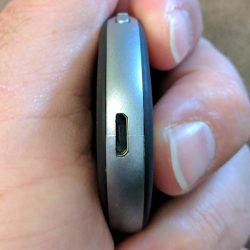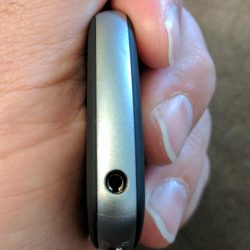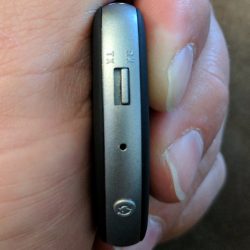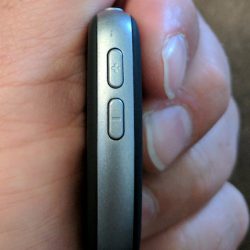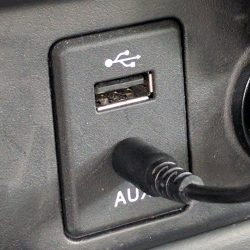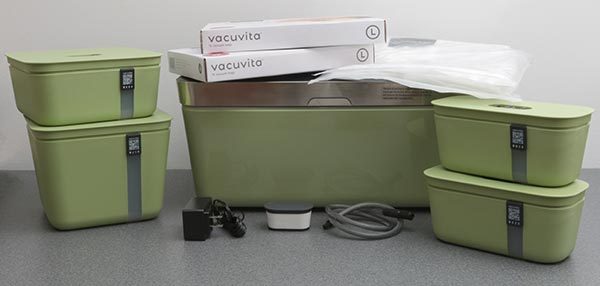
Do you ever feel like you waste money on food each week because it spoils before you eat it? One solution is to shop for only what you need each day, but that can be too time-consuming. Another solution is to try a food storage system like the Vacuvita. They sent me their complete kitchen package that includes the Vacuvita Home Base, several containers, and bags. Let’s take a look.
What is it?
You are probably familiar with other food storage systems like FoodSaver. We’ve used one for years to save leftovers in bags that we then store in the freezer. The Vacuvita food storage system can also vacuum pack food inside special bags, but in addition to that, it has a Home Base unit that sits on your counter to store food items that you need frequent access to and can vacuum pack food in containers that you can keep in the fridge or cabinet.
What comes with the complete kitchen package?
Vacuvita Home Base
AC adapter
1 large container
1 medium container
2 small containers
40 bags (20 large and 20 medium)
Vacuum adapter
Quick start guide
Manual
Design and features

The Home Base is a large storage chest that has been designed to be left out on the kitchen cabinet. You can buy it in a variety of colors from the green that you see here, to white, black and blue and orange.

The home base is 18.5 x 12 x 8.25 inches. That means you will need to devote significant space on your counter top for it and consider that it needs some clearance for the opening lid too.

Pressing the latch on the front of the Home Base will cause the lid to unlock and open by itself to reveal a roomy storage area.

The storage area inside the Home Base is about 16 x 7 x 6 inches which is large enough to hold a loaf of bread and other items. It can be used to store items that you want to access frequently like bread, crackers, chips, cookies, cereal, and other dry food items that don’t require refrigeration.

An easy to clean filter is located on the back wall of the Home Base. Sometimes you will need to remove the filter to clean it.
According to the manual, the liner of the Home Base can be removed and washed either by hand or in a dishwasher. But I wasn’t able to remove it from the unit and didn’t want to try prying it out with a screwdriver.

On the back of the Home Base is the socket for the vacuum adapter.

This is where you plug in the adapter and hose that are included with the system. The adapter is used to vacuum pack food in the Vacuvita bags and the Vacuvita containers.

The containers are made of microwave and dishwasher safe BPA and BPS free plastic.
Notice the QR code on the side of the container? If you like, you can use the Vacuvita app to keep track of the food that you store in the containers and the app will alert you before the food expires.
Scanning containers with your phone might sound a little goofy, but since the containers are not see-through (except for the tiny frosted window on the front), it’s going to be tough to remember what’s in each container unless you label them or open them, which of course breaks the vacuum seal.

The containers can be used to hold dry or wet food items and can even be stored in the freezer.
The only thing I didn’t like about the containers were the ribs on the lid and hump on the bottom of the container which made washing wet foods a little more work than if the lid and bottom of the container had a smooth surface.

When you plug in the Home Base, the latch will light up and the air inside will automatically be sucked out. The vacuum process can take from a few seconds to about 45 seconds if the container is mainly empty. The Home Base continuously checks the vacuum inside the unit and will suck out air as it needs to as time goes by. The vacuum process does make some noise, but it’s not terribly loud.

When the vacuum adapter is plugged into the socket on the back of the Home Base, a LED capacitive button appears on the lid.

Pressing the capacitive button will initiate the vacuum process through the adapter. You use the adapter with the Vacuvita containers and the bags.
A rubber flap in the container’s lid can be lifted to release the vacuum so that you can remove the lid.

Unlike FoodSaver bags, the Vacuvita bags have a zip seal the top and can be resealed and reused several times.

You can freeze the BPA free bags and even use them to do sous-vide cooking. With sous-vide cooking, you place the food (usually meat) in the bag with spices and marinade. Then you vacuum out the air which rapidly infuses the food with the flavor of the marinade. You then cook the food right in the bag by placing it in hot water.

The vacuum adapter removes air from the Vacuvita bags when you hold the adapter over the designated area on the bag and press the button on the home base to start the vacuum process.

Just like with the Home Base and the Vacuvita containers, the vacuum process will (should) automatically stop when all the air has been removed from the bag.
Using the Vacuvita food storage system
Using the Vacuvita to store food in the Home Base, containers and bags is not difficult. But there were a few times when I had some issues with the vacuum adapter. The main issue that I had was either getting the vacuum process to automatically stop or actually suck the air out of a bag or container.
I also noticed that the vacuumed bags would not hold the vacuum for more than a day or so when leaving the bag out on the counter. But if I placed the bag in the freezer there was no problem. On the other hand, the containers seemed to hold the vacuum a lot longer than the bags.
Does the Vacuvita keep food fresh 5 times longer?
Does it keep frozen foods vacuum packed in the Vacuvita bags fresher 5 times longer than foods not in vacuum packed bags? I can’t say for sure because I’d need to check the foods in a few months, but since the bags feel similar to the FoodSaver bags that we’ve been using for years, I’m confident enough to say that yes, the bags do keep food fresh longer when you freeze them because the bags protect the foods from freezer burn.
Does the Vacuvita keep foods fresh longer in the bags when not frozen? From my limited testing, I would say no. The bags do not hold the vacuum longer than a day or so.
Does the Vacuvita keep dry foods fresh longer in the Home Base? Yes, from the limited amount of testing that I’ve done with loaves of bread, chips, cookies and even some fruits, I do believe that it does help keep those items fresh longer than when they are just sitting out on the counter.
Does the Vacuvita keep foods fresh longer in the containers either in the fridge or on the counter? Yes, I believe it does. I was able to store some deli meats, and homemade soup in the refrigerator longer than I typically would store them without using the Vacuvita. I was able to eat them days later than I ever would without the Vacuvita and since I’m still above ground, I didn’t succumb to food poisoning which is a good sign 
See it in action
Final thoughts
The Vacuvita food storage system is well made and easy to use. If you don’t mind the price and the space that the Home Base requires on your counter, it is a handy way to keep food fresher for up to 5 times longer than normal.
Source: The sample for this review was provided by Vacuvita. Please visit their site for more info and Amazon to order.
Product Information
| Price: | $299 |
| Manufacturer: | Vacuvita |
| Retailer: | Amazon |
| Pros: |
|
| Cons: |
|
Filed in categories: Reviews
Tagged: Cooking, Home and Kitchen
Vacuvita vacuum food storage system review originally appeared on on May 10, 2017 at 9:00 am.
Note: If you are subscribed to this feed through FeedBurner, please switch to our native feed URL http://the-gadgeteer.com/feed/ in order to ensure continuous delivery.

